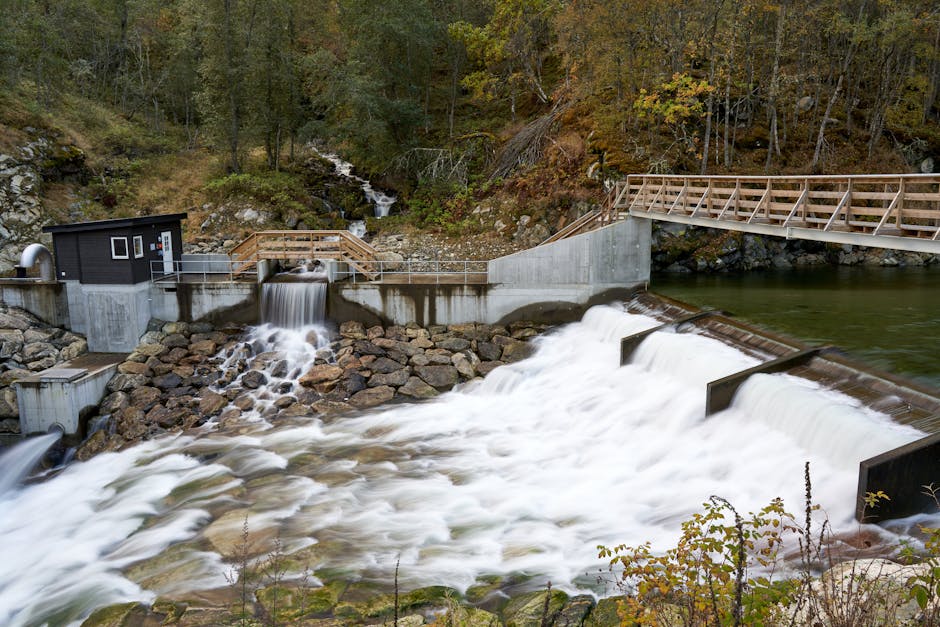
Hydropower: Harnessing the Power of Water for Clean Energy
Hydropower: Harnessing the Power of Water for Clean Energy
Hydropower is a renewable energy source that utilizes the power of flowing or falling water to generate electricity. It is a clean and sustainable alternative to fossil fuels, offering numerous environmental and economic benefits.
How Does Hydropower Work?
Hydropower plants convert the kinetic energy of moving water into electricity. It begins with the damming of a river, creating a reservoir or a water storage area. When released, the stored water flows through a turbine, spinning it and activating a generator to produce electricity.
Types of Hydropower Systems
There are three primary types of hydropower systems:
- Run-of-River: These systems do not require large reservoirs and operate by using the natural flow of the river to generate electricity. They have minimal impact on the surrounding ecosystem.
- Reservoir: Reservoir-based systems involve the construction of dams to form large reservoirs, which are used to store water. This stored water can be released as needed to generate electricity.
- Pumped Storage: This system utilizes two reservoirs, one at a higher elevation and the other at a lower elevation. During periods of low power demand, excess electricity is used to pump water from the lower reservoir to the higher one. When demand increases, water is released from the higher reservoir to the lower one, generating electricity.
Benefits of Hydropower
Hydropower offers several advantages:
- Renewable and Sustainable: Water is a naturally replenishing resource, making hydropower a renewable energy source. It does not produce greenhouse gas emissions or contribute to air pollution, fostering a cleaner and healthier environment.
- Reliable and Efficient: Hydropower plants can operate consistently, providing a stable and predictable source of energy. They have high operational efficiency, converting a significant portion of water's energy into electricity.
- Flood Control: Dams constructed for hydropower generation help regulate river flow and prevent flooding during heavy rainfall.
- Enhanced Water Management: Hydropower projects often involve water conservation and reservoirs, providing a reliable supply for irrigation, drinking water, and industrial use.
- Job Creation and Economic Growth: Building and maintaining hydropower infrastructure creates employment opportunities and stimulates economic development in surrounding regions.
Environmental Considerations
While hydropower is a renewable energy option, it is important to consider its potential environmental impacts:
- Ecological Disruption: Building dams and altering rivers can disrupt natural ecosystems and impact fish populations and other aquatic life.
- Displacement of Communities: Large-scale hydropower projects may require the relocation of communities residing in the affected areas.
- Methane Emissions: Reservoirs formed by hydropower dams can release methane, a potent greenhouse gas, due to the decomposition of submerged organic matter.
It is crucial to carefully assess and mitigate these potential environmental concerns when planning and operating hydropower plants.
